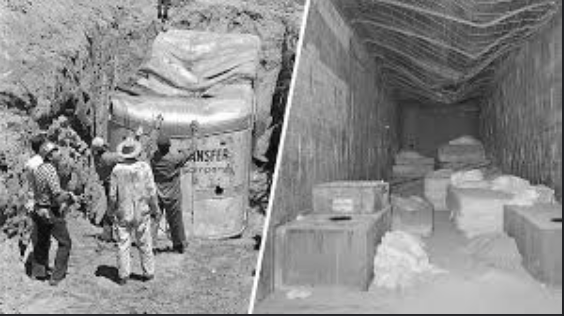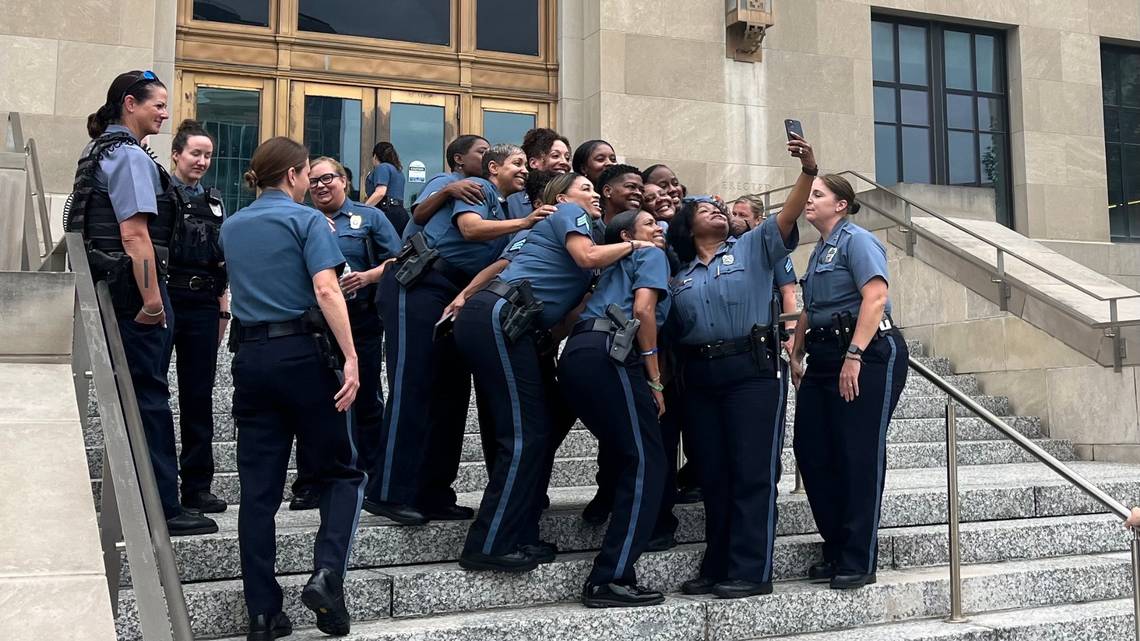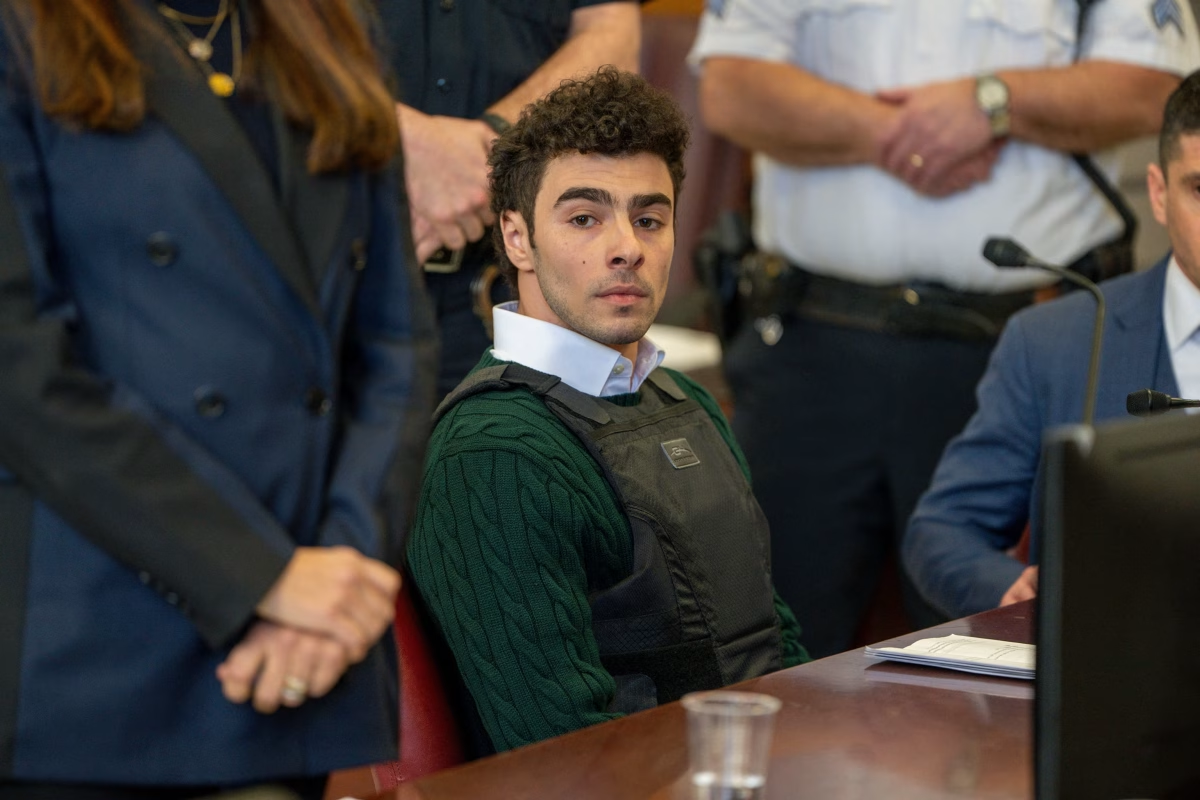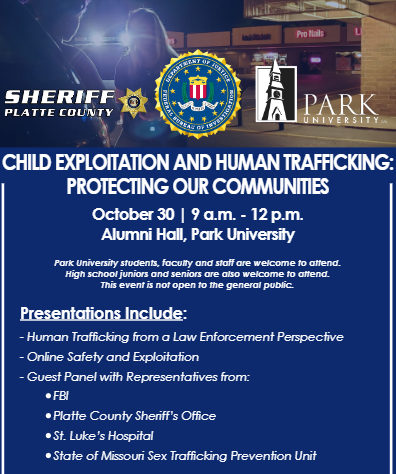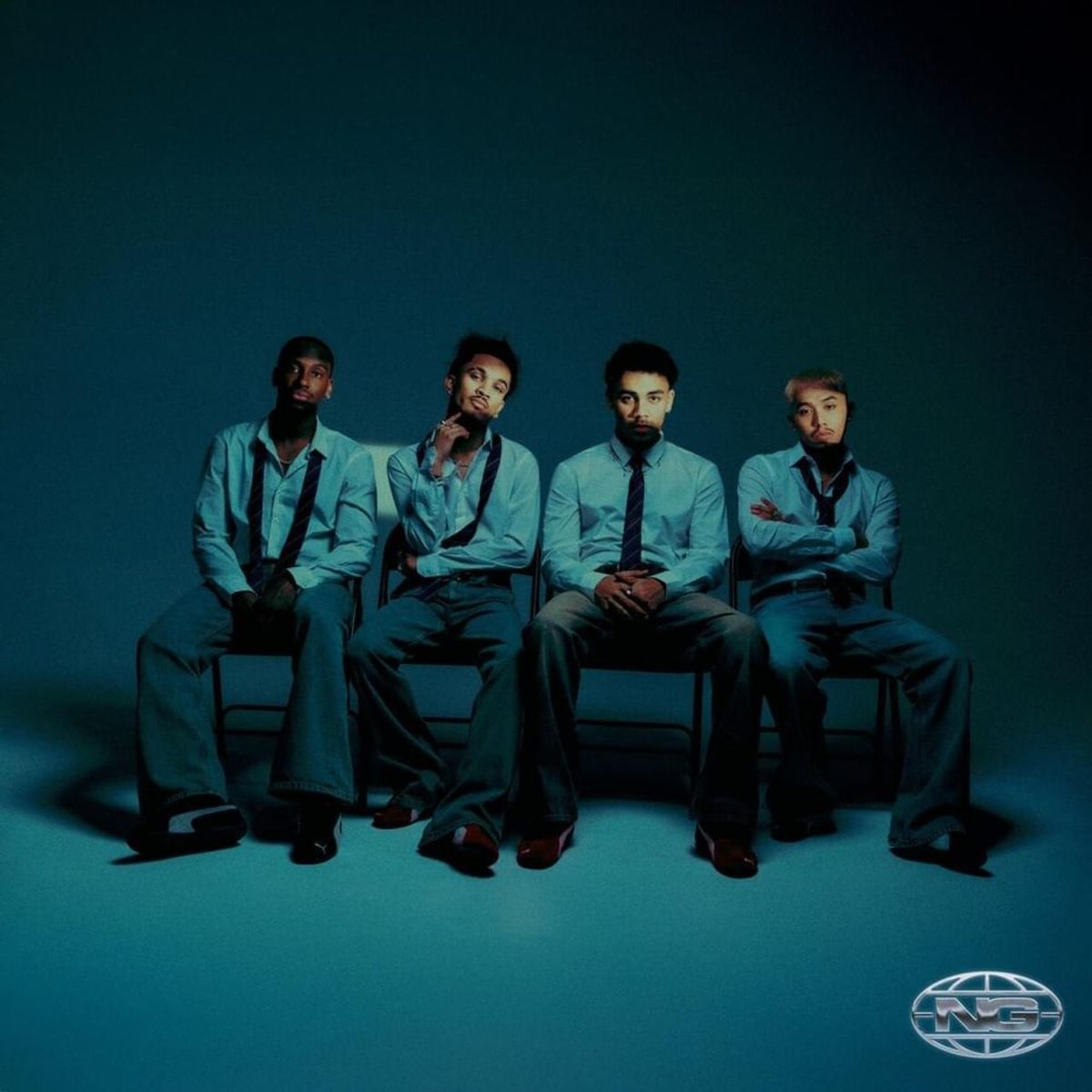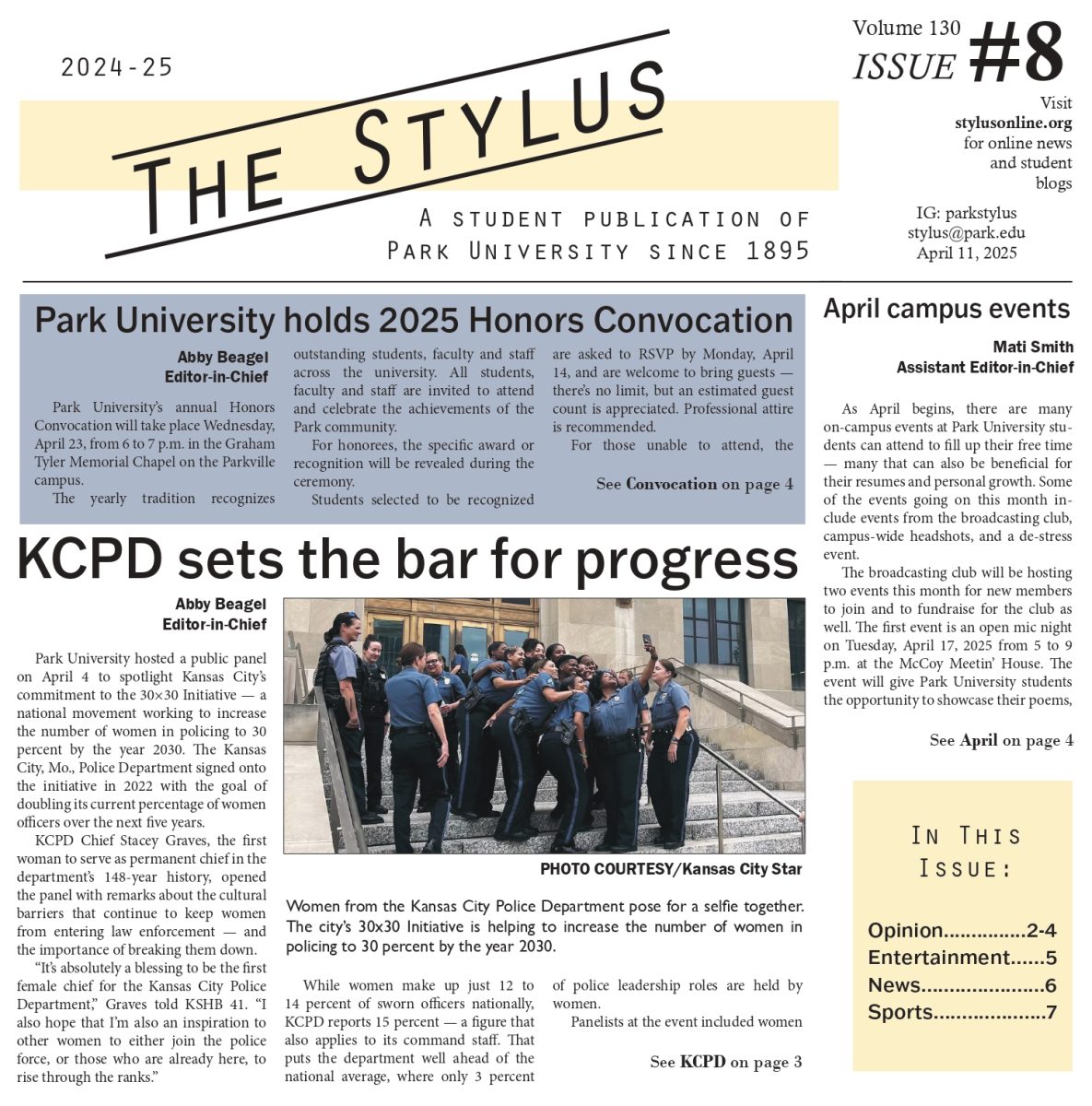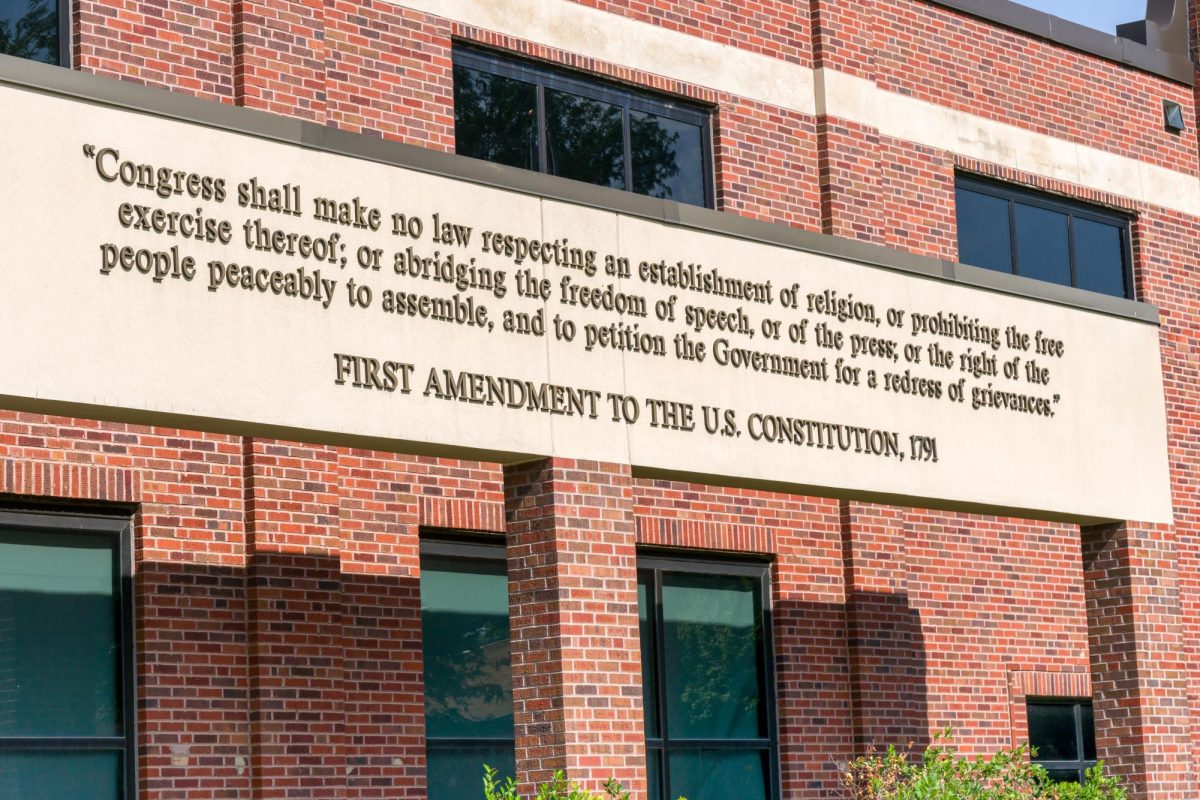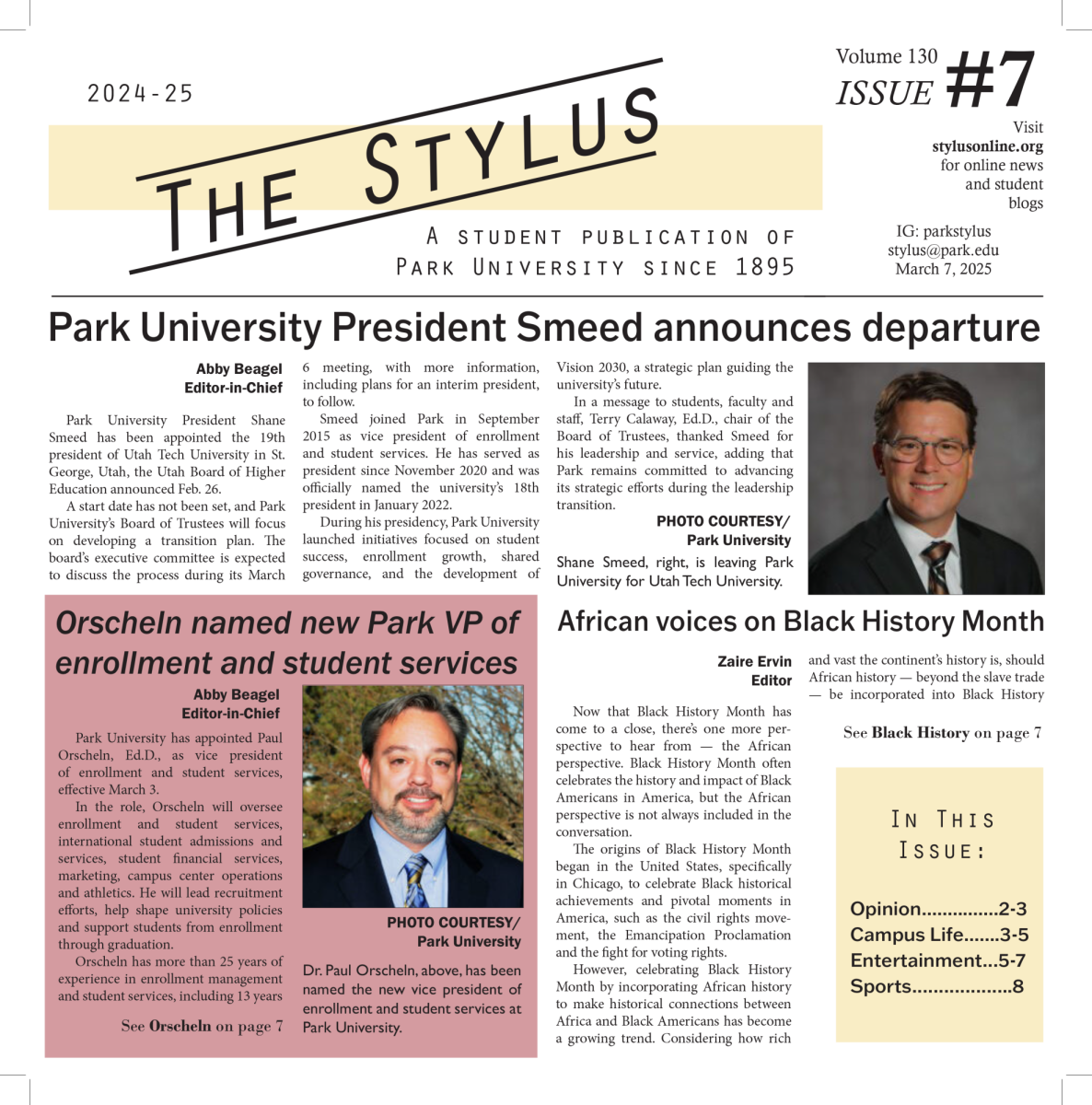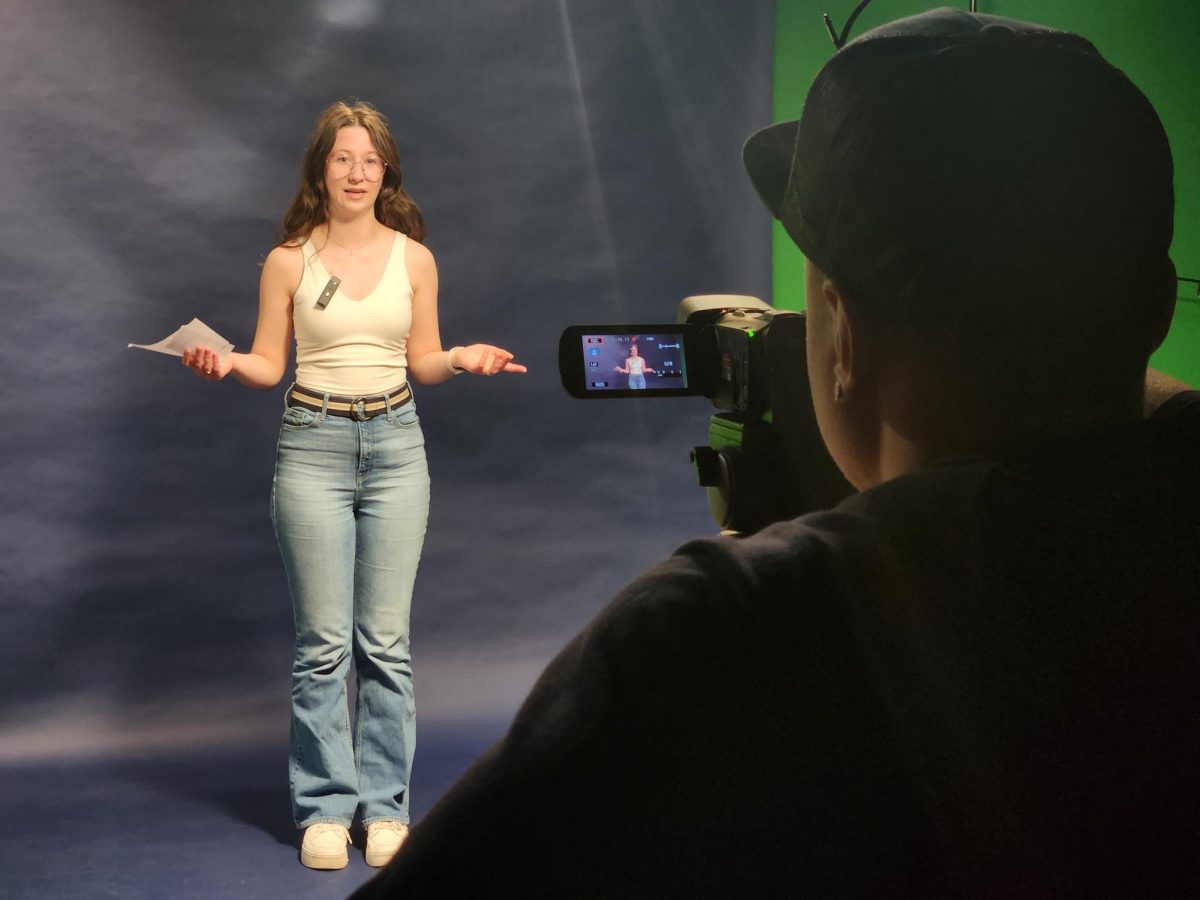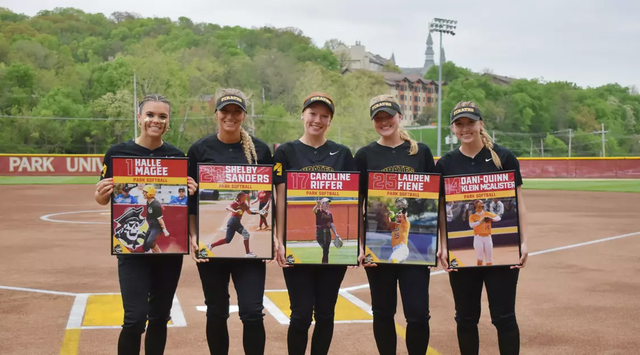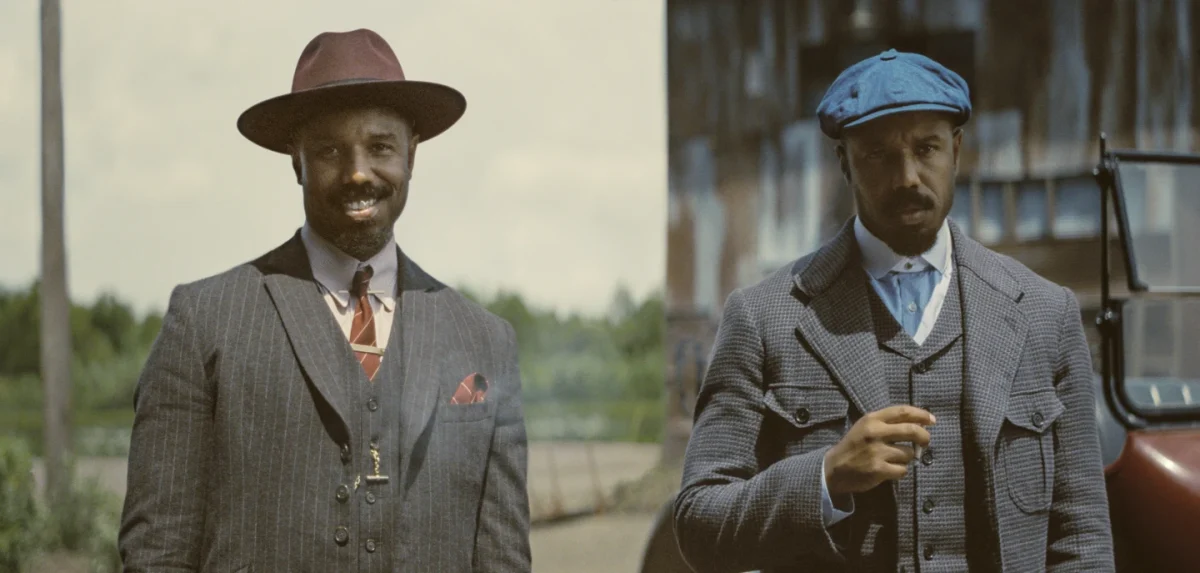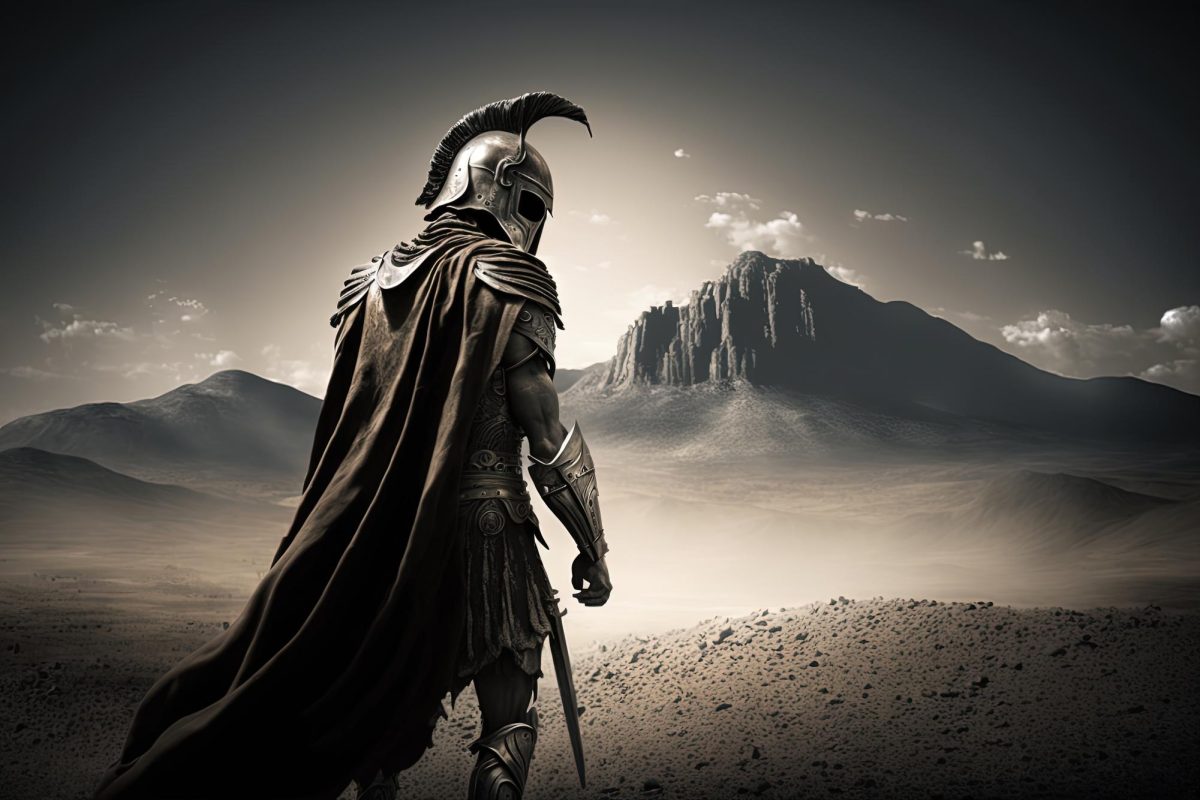Twenty-six people from Chowchilla, Calif., were kidnapped simultaneously, on July 15 1976. 25 of which were children under the age of 15. One of the largest kidnappings in United States history, this incident would change the public perspective on childhood trauma, as well as open the door to discussion of how this trauma could affect children into adolescence.
On a school bus, children ranging between the ages of five to 14 and their bus driver were heading home to their families from a swim outing on a fairground when, around 4 p.m., they were hijacked by three armed men. The driver and children were transferred into two vans. Next, the hijackers drove 11 hours to a rock quarry in Livermore, where they were loaded into a trailer and buried alive for sixteen hours. Eventually, the bus driver, Ed Ray, and 14-year-old Michael Marshall pried the roof open and helped the children escape.
The kidnappers, Richard Schoenfeld, James Shoenfeld, and Fredrick Woods, were attempting to hold them for ransom, demanding $5 million for their return. They cited the 1971 film “Dirty Harry” as inspiration. All three were arrested and charged with kidnapping for ransom and robbery. Originally, they were sentenced to life in prison, however, since 2022, all three have been released on parole.
When the kidnappers made a plea for parole, many of the survivors attended the hearing to prevent them from getting a more lenient sentence. There were a few people who would protest the sentencing, claiming that they should be freed, as the incident happened a long time ago, they didn’t hurt any of the children, the three men were young when they were sent to prison, and that they had learned their lesson.
Larry Park, who was only seven at the time, was the only survivor who supported the kidnappers’ release. Even though he went through his own trauma from the incident, he decided to let it go.
In 1976, few were considering mental health and how childhood trauma could affect a person’s future. However, even months after the kidnapping, every child who was kidnapped was having night terrors. Dr. Lenore Terr, a psychiatrist known for her research on childhood trauma, would follow up with the Chowchilla survivors. Originally, she assumed the children would recover by the time they reached adulthood.
After interviewing the children years after the Chowchilla kidnapping, Dr. Terr realized her initial statement was wrong. Most of the children were very angry with the kidnappers and wanted to punish them. Twenty of the 25 children lived in fear of being kidnapped again. Many of the survivors grew up to have problems with drugs or alcohol. Specifically, Michael Marshall was admitted to rehab seven times. All just wanted to forget about what had happened to them.
Dr. Terr’s work with the Chowchilla case helped shed light on how childhood trauma can still affect survivors into adulthood. This case is part of the reason why there are counselors in schools.



